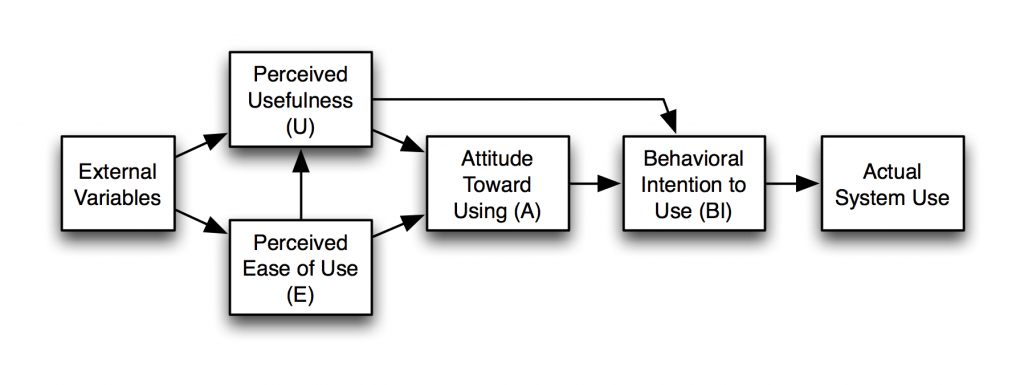Adoption is what makes humans so much more than our primate cousins.
It’s our adoption of tools that sets us apart — our ability to turn them from tools into assets.
It’s absolutely the same with digital adoption. Today’s enterprises don’t have thousands of years of evolutionary time on their sides. Achieving successful digital adoption yesterday is preferable.
Failing that, CIOs must implement a digital adoption flow that gets users comfortable with digital tools as quickly as possible.
The heavy price of a poor digital adoption flow
Poor digital adoption within an enterprise can take a heavy toll indeed:
- Lack of productivity using digital tools
- Lower overall employee performance
- Rising employee frustration and declining morale
- Resistance to digital change
- Bad customer experience
- Poor return on your software investment
Digital adoption flow for enterprises
When we talk about digital adoption in a business context, there are usually two groups of users: employees and customers.
A good digital adoption flow for employees is important when implementing new technology, IT systems and platforms. The faster employees become adept at using these tools, the more productive the organization will be.
Since IT updates and technology upgrades are a regular necessity in today’s digital business world, digital adoption has become the CIO’s number 1 priority.
When it comes to customers, digital adoption is just as important. Businesses that sell digital products must ensure they’re successfully adopted to ensure a positive user experience.
And since so much of today’s business transactions take place online, the proper “adoption” of an enterprise’s website or app is critical to the customer experience.
When we talk about adoption in this way, we mean when a digital tool is being used as intended and to its fullest capability. Thus, a great digital adoption flow is a must for any organization presenting its products or services to customers via the internet.
Digital adoption flow for employees
“[Digital adoption] is a vital concern for any organization in the process of installing or implementing a new service or tool.”
Philip Kushmaro, CIO.com
So what sort of digital adoption flow works for employees adapting to new technology? This is where we take inspiration from organizational change management.
When an organization introduces new technology to its employees, usually they’ve had little or no input as to whether they want it or not.
Often, digital change is perceived by employees as a threat or an unnecessary nuisance. So a successful digital adoption flow must focus on overcoming resistance to change.
Technology can be frightening and frustrating for employees. And the constant change of the digital world can be exhausting. So some sort of resistance is common and unsurprising.
However, digital transitions are inevitable. So a good digital adoption flow should be based on a people-focused change model, like Kotter’s 8-step process or Prosci’s ADKAR.
Digital adoption flow for customers
In a customer digital adoption scenario, perception is central to purchasing power.
As a customer, my experience of your digital product is critical to my decision to do business with you.
If your digital product looks too difficult to use or irrelevant to my business goals, I’m not going to buy it. I’ll look at competitor products, which I perceive to be better suited to my needs.
The Technology Acceptance Model (TAM) is a good place to begin when considering the digital adoption flow for your customers.

(source: Davis, Bagozzi & Warshaw)
Enterprises must consider what variables have an impact on the perceived usefulness and ease of use of their digital products — and which are within their control. What are their customers’ attitudes towards using the products and how can that change if required?
TAM is helpful in highlighting the importance of usefulness and ease of use to customers. Most enterprise marketers are adept at highlighting the benefits of a product, rather than focusing simply on its features. This helps to illustrate usefulness.
However, organizations still have a way to go when it comes to demonstrating ease of use — especially in the field of technology. And this is a critical success factor for adoption.
In summary
There is no silver bullet digital adoption flow. As with any plan of action, it must be tailored to the correct audience.
Whatever you do, remember it’s user experience that counts. An easier and better digital experience will produce happier employees and customers — both of which are key to gaining a competitive advantage.
Using a digital adoption tool will improve the user experience and accelerate the learning process. In today’s fast moving digital world, that’s as close to a silver bullet solution as you’re going to get.













